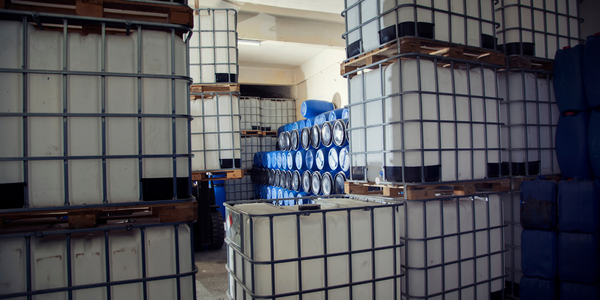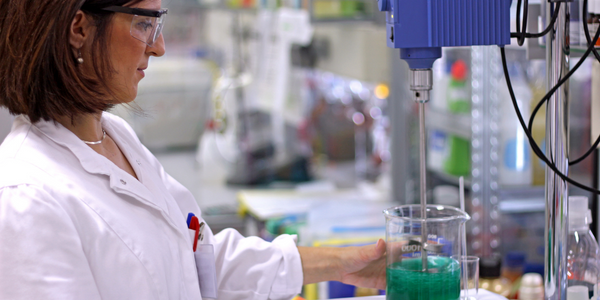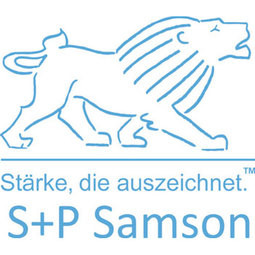New GHS Regulations Require New Identification Concepts

- Chemicals
- Logistics & Transportation
With the GHS regulations (GHS - Globally Harmonized System) the United Nations wanted to minimise the risks to human health and the environment arising from production, transport and the use of hazardous substances. Standardised danger symbols and texts now have to be used for the identification of chemicals around the world. 1200 quality products not only need to be produced, they also need to be stored and shipped in a professional manner. In April 2014, a dedicated team was set up to manage the changeover to the new GHS regulations under the umbrella of the PETROFER CHEMIE ICT (Information & Communication Technology) department. It was chaired by Roland Günther and Jonas Hartmann. They subjected the existing logistics and identification processes to some rigorous tests. They analysed and conceptualised.
As specialists for customised identification solutions it was not just the right choice of labels that was on S+P Samson’s agenda. A suitable printing system also had to be found. “We develop complete solutions. Customised to our customers’ requirements,” explains Stefan Heinzler, Sales Director at S+P Samson, his company’s philosophy. In this case, the development team at S+P Samson recommended a change from thermal transfer to colour laser printers. In addition to their flexible handling, they are also much more economical to buy. There are now five Lexmark laser printers constantly in use at PETROFER CHEMIE’s head office in Hildesheim, Germany. Three are located in production, and two in shipping Innovative and practical ideas can only be developed in close cooperation that is based on a partnership. Detailed requirement profiles and a regular exchange of ideas were part of the ongoing development process. And this is how a label with very special features was born: • Black underneath to make them opaque when they are applied on top of other labels • Tear-off portions for customer-specific information
Related Case Studies.










